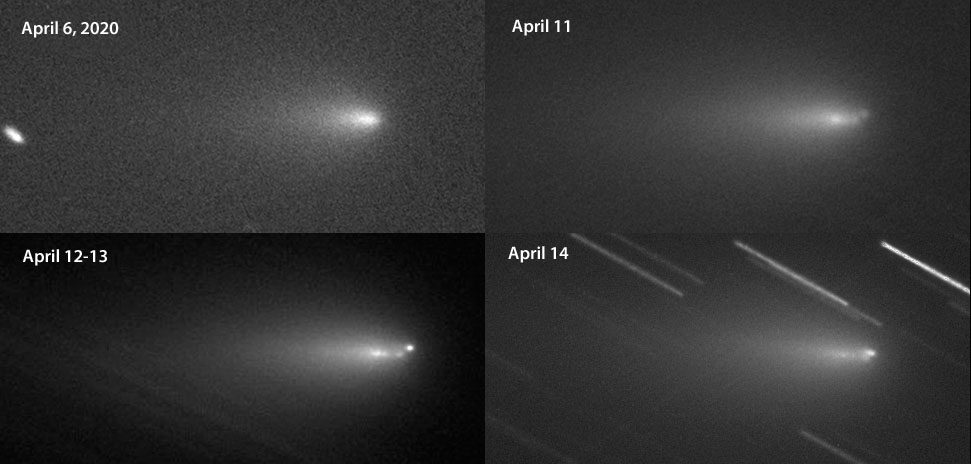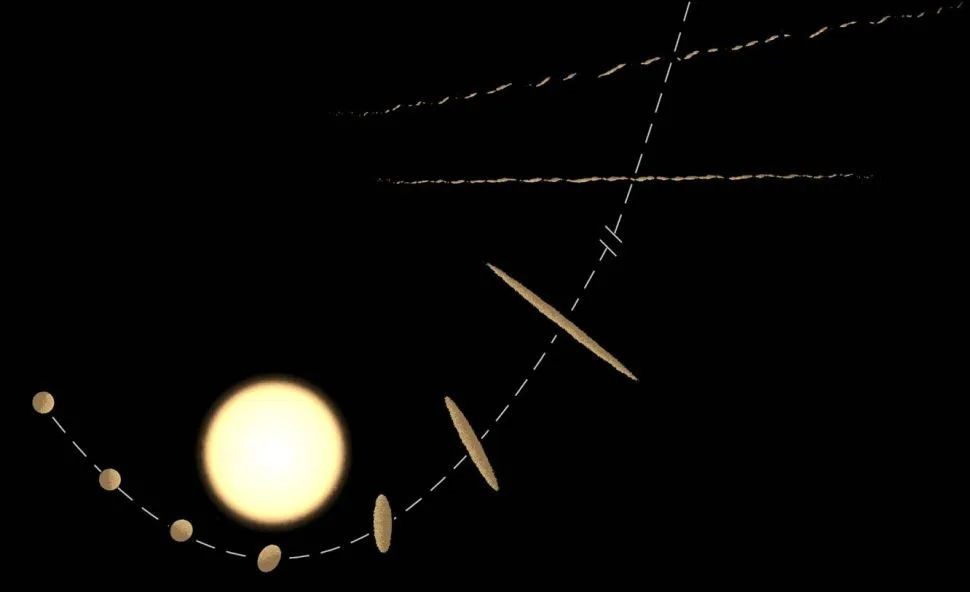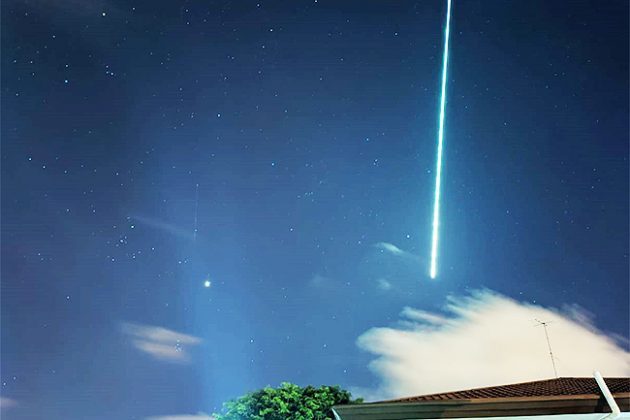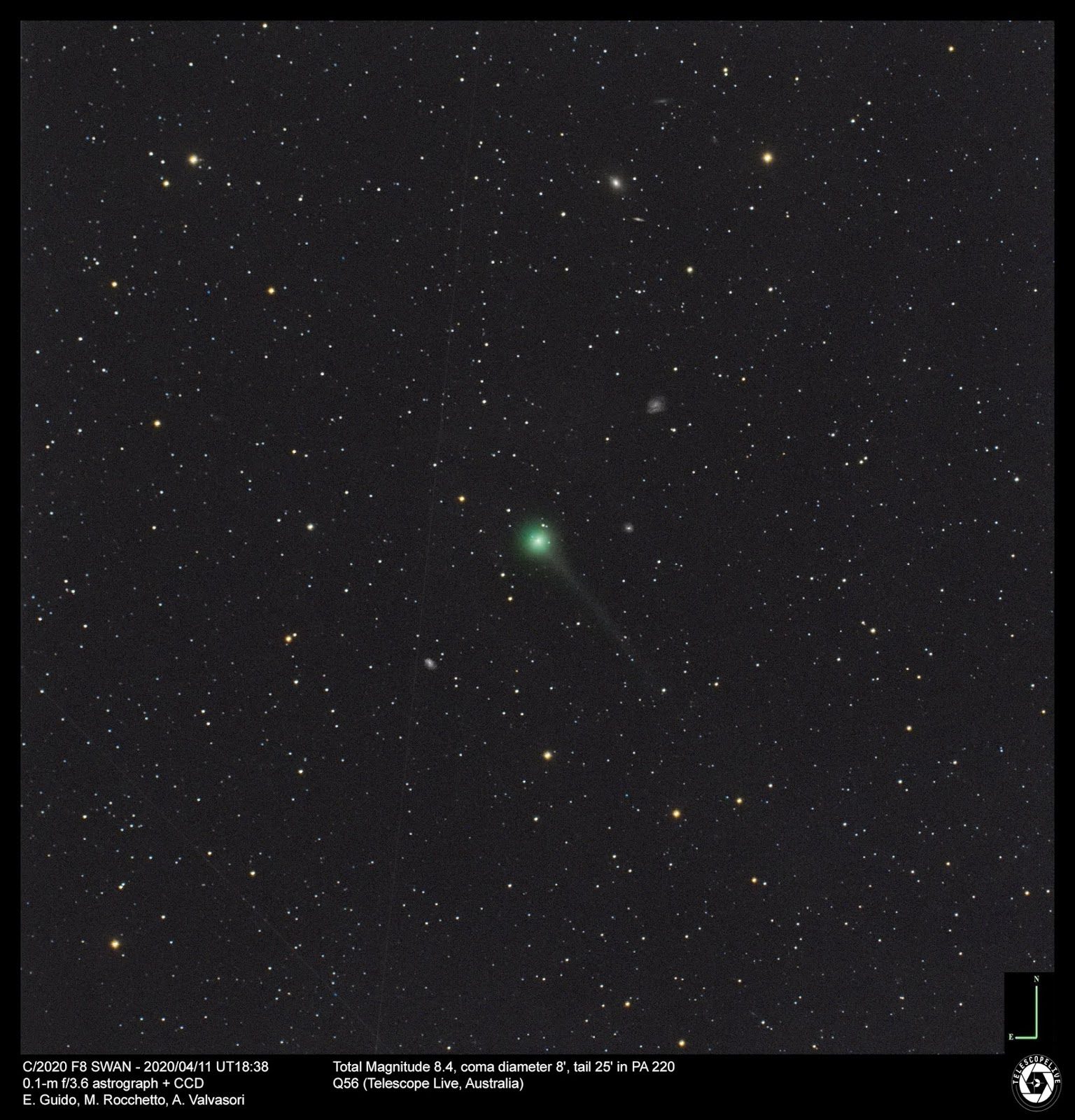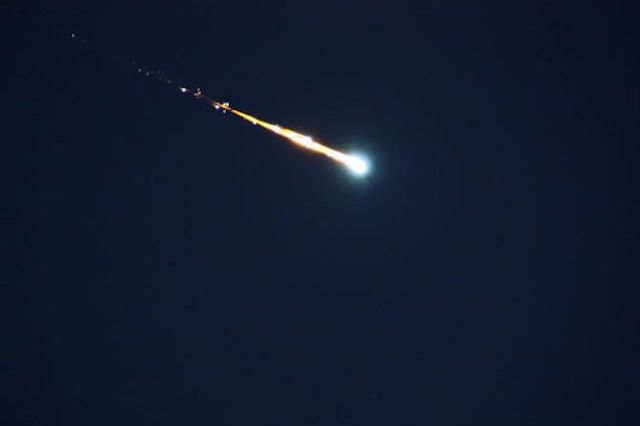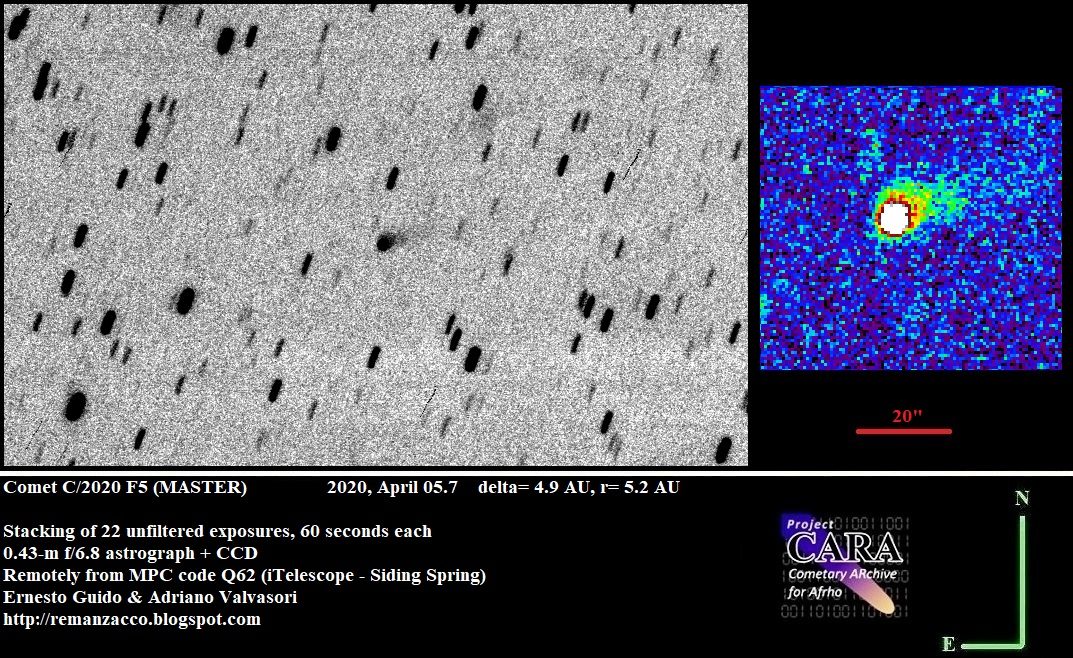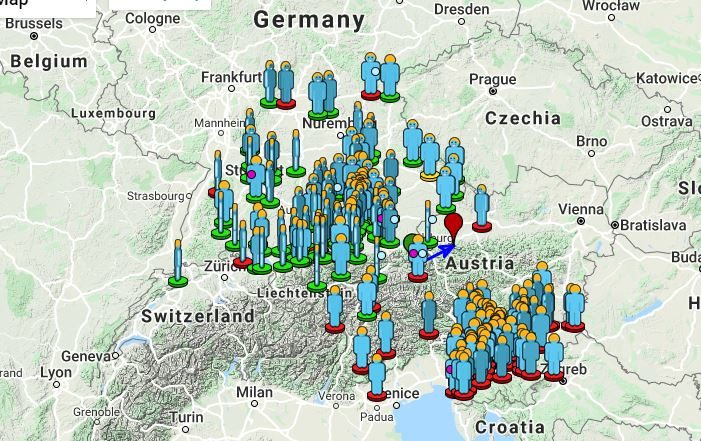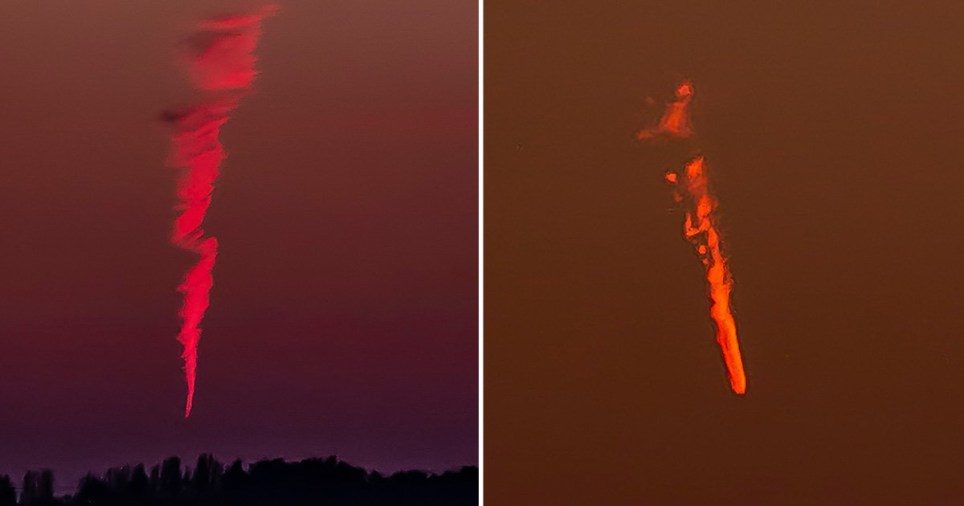
A large flaming object was spotted spiralling in the sky at around 8pm by Gerry Underwood, 55.
He was sitting outside his canal boat in Stretham, having a little fire, when he spotted the trail. He said: 'It looked like a very thick chemtrail to start with. It looked like a short, skinny cloud. It wasn't moving quickly at all. I'm pretty sure it wasn't a meteorite, because they are gone in seconds.
'We have seen hundreds of shooting stars, but this definitely wasn't that either. This was coming down very slowly and spiralling. It started to glow orange as you can see in the pictures.
Comment: The electrical interaction of meteor fireballs with different charge layers of the atmosphere can cause them to appear to move 'slowly and spiralling.' In September 2019 a bright slow-moving meteor fireball was recorded over the English Channel.
'There were flames coming out of the back of it as well. It was really unusual.'

